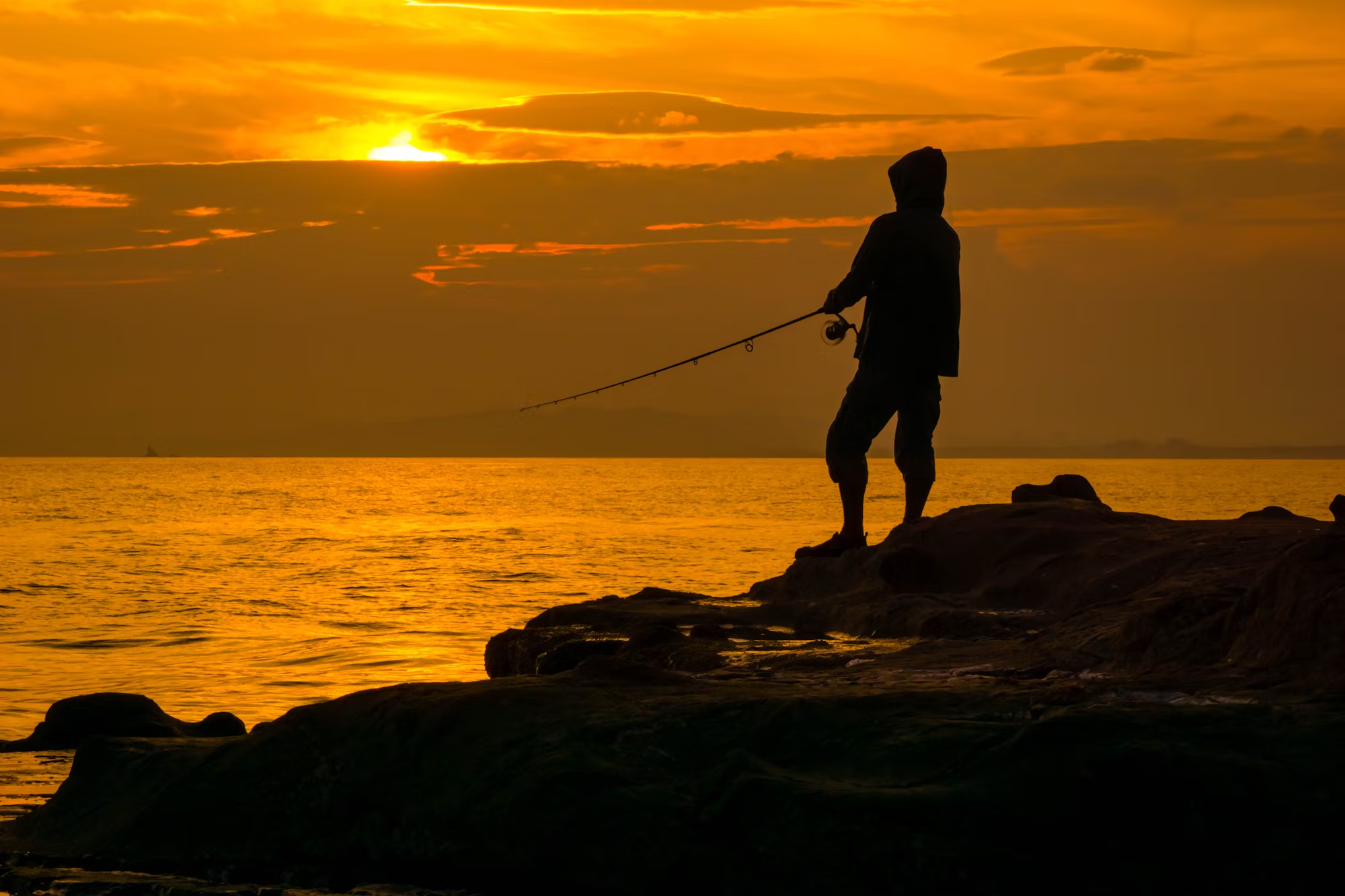Freshwater fishing offers a unique and rewarding experience, allowing anglers to connect with nature while pursuing various species. With numerous techniques available, each method brings its own set of challenges and rewards. This article explores popular freshwater fishing techniques, equipping you with the knowledge to enhance your fishing adventures.
Understanding Freshwater Fishing
Freshwater fishing encompasses a wide range of environments, including lakes, rivers, and streams. Each setting presents different challenges, from varying water currents to diverse fish species. Understanding these factors is crucial for selecting the right fishing technique and equipment.
Angling: The Foundation of Freshwater Fishing
Angling is one of the most common methods used by freshwater anglers. This technique primarily involves using a fishing rod, reel, and bait or lures to catch fish. Anglers can choose from various bait options, including live bait like worms and minnows, or artificial lures designed to mimic the movement of prey. The key to successful angling is mastering the art of casting and retrieval, as well as understanding the behavior of the target species.
Spinning: Versatility on the Water
Spinning is a favored technique among many freshwater anglers due to its versatility. A spinning rod and reel allow for easy casting of lightweight lures and baits. Anglers can effectively target species like bass, trout, and pike by varying their retrieve speed and technique. Learning to cast accurately and control the lure’s movement is essential for enticing fish.
Fly Fishing: A Delicate Approach
Fly fishing is a specialized technique that requires skill and patience. This method involves using a fly rod, reel, and artificial flies to catch fish. The flies are designed to imitate insects or baitfish, and casting requires precision to present the fly naturally on the water’s surface. Fly fishing is particularly effective for species like trout and panfish, and it often takes place in serene, picturesque environments.
Jigging: A Dynamic Technique
Jigging is a popular technique for targeting a variety of freshwater species. This method involves using a jig, a type of fishing lure that is moved vertically in the water to attract fish. Anglers can jig from a stationary position or while drifting in a boat. The key to successful jigging lies in the rhythm and action of the jig, which can mimic the movement of injured prey.
Trolling: Covering Ground
Trolling is an effective technique for covering large areas of water while targeting species such as lake trout or walleye. This method involves dragging lures or bait behind a moving boat at a controlled speed. Trolling allows anglers to explore various depths and find fish that are actively feeding. Choosing the right lures and adjusting the speed are crucial components of successful trolling.
Baitcasting: Precision and Control
Baitcasting is a technique that offers greater precision and control compared to spinning. This method involves using a baitcasting reel mounted on a fishing rod, allowing for accurate casts with heavier lures. Baitcasting is particularly effective for targeting larger freshwater species, such as bass. Mastering this technique requires practice to avoid backlash and ensure smooth casts.
Float Fishing: A Classic Method
Float fishing is a traditional technique that involves suspending bait below a bobber or float. This method allows anglers to present bait at specific depths, making it effective for species like catfish and crappie. Adjusting the depth of the float is crucial for targeting fish that are feeding at different levels in the water column. This technique is especially popular among family anglers and beginners.
Bottom Fishing: Targeting Species Near the Lakebed
Bottom fishing involves dropping bait to the lakebed to target species that feed closer to the bottom, such as catfish and carp. This technique often requires heavier weights to keep the bait in place, especially in currents. Understanding the structure of the lakebed and the habits of the target species is key to successful bottom fishing.
Understanding Seasonal Changes
Seasonal changes greatly impact freshwater fishing. During spring, fish become more active as water temperatures rise, making it an excellent time for anglers to target spawning species. Summer brings warm waters and increased feeding activity, but fish may seek cooler depths during the hottest parts of the day. In fall, fish prepare for winter by feeding aggressively, offering great opportunities for anglers. Winter fishing can be challenging, but with the right techniques, such as ice fishing, it can also be highly rewarding.
Essential Gear for Freshwater Fishing
Having the right gear is crucial for success in freshwater fishing. A quality fishing rod and reel combination tailored to your preferred technique will enhance your experience. Additionally, consider investing in tackle boxes filled with various lures, hooks, and bait to adapt to changing conditions. Proper clothing, sunscreen, and a hat will help you stay comfortable during long days on the water.
Conservation and Respect for the Environment
As anglers, it’s essential to practice conservation and respect for the environment. Following local fishing regulations, practicing catch and release, and minimizing our impact on natural habitats ensures that future generations can enjoy the same experiences. Being mindful of water quality and aquatic ecosystems helps preserve the beauty of freshwater environments.
Conclusion
Freshwater fishing offers a plethora of techniques and opportunities for anglers of all skill levels. By understanding the various methods available and the unique characteristics of freshwater environments, you can enhance your fishing adventures. Whether you prefer the finesse of fly fishing, the excitement of trolling, or the simplicity of baitcasting, the ultimate goal is to enjoy the experience and foster a deeper connection with nature. So grab your gear, head to your favorite fishing spot, and embrace the joys of freshwater fishing!



